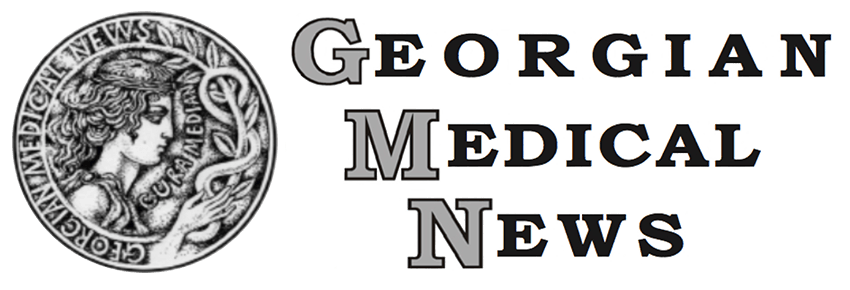ORIGINAL ARTICLE
ELECTROPHYSIOLOGICAL CORRELATES OF MASTICATORY MUSCLES IN NASAL AND ORAL BREATHING MODES
Bakradze A., Vadachkoria Z., Kvachadze I.
Tbilisi State Medical University, 1Department of Maxillofacial Surgery and Surgical Dentistry for Children and Adolescents, Department of Physiology; Dental Clinic and Training-Research Center “UniDent”, Georgia
Summary
Type of breathing (nasal, oral, oronasal) can turn out to be a causative factor for (or result of) orthodontic anomalies along- side the respiratory-metabolic disorders. Consequently, assessment of functional characteristics of the masticatory apparatus, which differ in oral and nasal breathing modes, could be of interest for the evaluation of the degree of orthodontic dysfunction and formation of an effective individualized treatment plan.
Aim of the study was to assess electrophysiologic character- istics of the masticatory muscles bilaterally in nasal and oral breathing modes.
The study was conducted on the group of 22 women-volun- teers aged 18-30 years. All subjects enrolled in the study had permanent dentition with all second molars present; minimum 28 natural teeth in total. None of them had clinical manifesta- tions of somatic, neurological or endocrine disorders or those of nasal cavity, paranasal sinus or tonsillar disorders. Written in- formed consent was obtained from all subjects. To narrow the selection of patients eligible for the study, we applied a proto- col of normalized electromyographic recording during maximal voluntary contraction of clenching on a cotton roll.
Indicators of the degree of mean muscle contractility recorded as a result of standardized maximal voluntary contraction show that in nasal breathing muscle activity is homogenous and symmetric in the right and left masseter and temporalis muscles. Conversely, the indicators are dissociated in oral breathing. Electrophysiological activity and, consequently, contractility of the muscles are reduced, which must be caused by recruitment of decreasing number of less excitable motor units.
The results yielded by the study suggest that the data on the state of neuromuscular balance of the masticatory apparatus could be utilized for the assessment of the degree of orth- odontic dysfunction and for development of individualized treatment plan.
Keywords
Orthodontic Anomalies Electrophysiological Correlates Masticatory Muscles
Nasal Breathing
Oral Breathing


